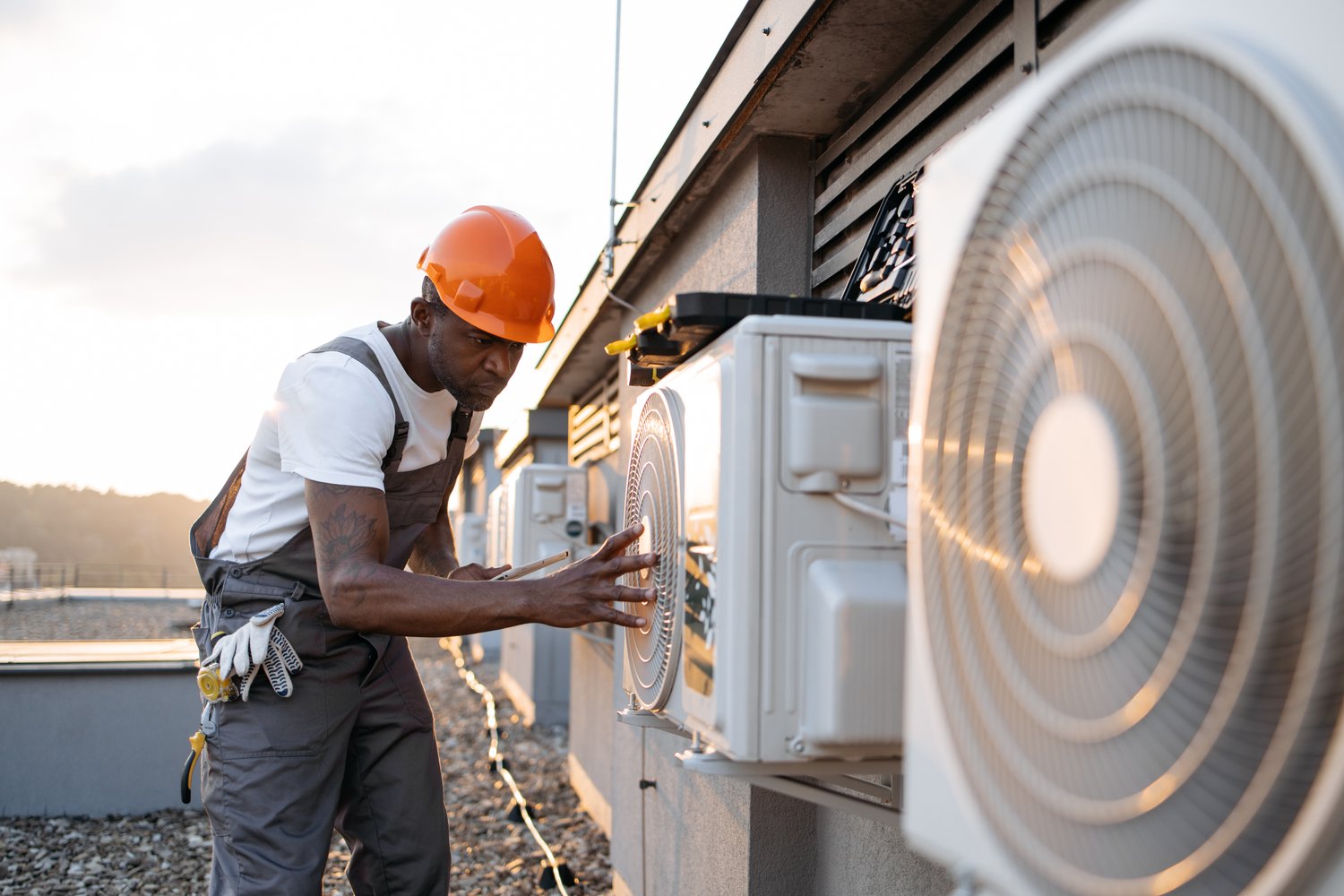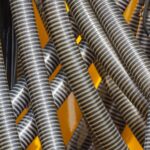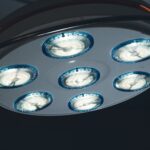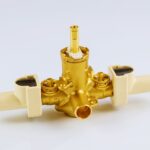Understanding air conditioning basics
Air conditioning systems are essential for maintaining comfortable indoor temperatures. These devices work by removing heat and moisture from the air. Modern units offer various features, including temperature control, air filtration, and energy-efficient operation. The global air conditioning market was valued at $98.05 billion in 2020. Experts project this figure to reach $138.03 billion by 2026. Air conditioning technology has evolved significantly since its invention in 1902 by Willis Carrier.
There are several types of air conditioners available in the market. These include window units, split systems, and central air conditioning. Each type has its advantages and is suitable for different spaces. Window units are compact and ideal for single rooms. Split systems offer quieter operation and are more energy-efficient. Central air conditioning systems are perfect for cooling entire homes or large commercial spaces.
When selecting an air conditioner, consider factors such as room size, energy efficiency, and noise levels. The cooling capacity of air conditioners is measured in British Thermal Units (BTUs). A general rule is to use 20 BTUs per square foot of living space. Energy efficiency is indicated by the Seasonal Energy Efficiency Ratio (SEER). Higher SEER ratings mean better energy efficiency. Noise levels are measured in decibels (dB), with quieter units operating at around 50-60 dB.
Benefits of wall air conditioners
Wall air conditioners offer several advantages over other types of units. These systems are designed to be mounted on exterior walls, saving valuable floor and window space. They provide efficient cooling for individual rooms or small areas. Wall air conditioners typically have a cooling capacity ranging from 8,000 to 24,000 BTUs. This makes them suitable for rooms between 300 and 1,500 square feet.
Installation of wall air conditioners is relatively simple. It requires creating a small opening in the wall for the unit. Many models come with installation kits that include a wall sleeve and all necessary hardware. These units are often more energy-efficient than window air conditioners. They create a tighter seal against the wall, reducing air leakage. Some models offer both cooling and heating functions, providing year-round comfort.
Maintenance of wall air conditioners is straightforward. Regular cleaning of filters is essential, typically every 1-2 months during the cooling season. The exterior portion of the unit should be kept free from debris and vegetation. Most wall air conditioners have a lifespan of 10-15 years with proper care. These units are available in various designs to complement different interior styles.
Choosing the right commercial air conditioners
Commercial air conditioners are designed for larger spaces and higher cooling demands. These systems come in various types, including rooftop units, split systems, and VRF (Variable Refrigerant Flow) systems. The choice depends on factors such as building size, layout, and specific cooling requirements. Commercial units typically range from 3 to 200 tons in cooling capacity. One ton of cooling is equivalent to 12,000 BTUs per hour.
Energy efficiency is crucial in commercial air conditioning. The minimum SEER rating for commercial units in the United States is 13, as mandated by the Department of Energy. However, high-efficiency models can have SEER ratings of 20 or higher. VRF systems are particularly efficient, with some models achieving a Coefficient of Performance (COP) of up to 7.0. This means they produce 7 units of cooling for every unit of electricity consumed.
When selecting a commercial air conditioner, consider factors like zoning capabilities and control systems. Zoning allows different areas of a building to be cooled independently. Advanced control systems can optimize energy use and provide detailed performance data. The initial cost of commercial air conditioning systems can range from $3,000 to $300,000, depending on size and features. However, energy-efficient models can significantly reduce long-term operating costs.
Importance of regular air conditioning maintenance
Regular maintenance is crucial for the efficient operation of air conditioning systems. A well-maintained system can operate up to 15% more efficiently than a neglected one. This translates to significant energy savings over time. Routine maintenance also extends the lifespan of the equipment. A properly maintained air conditioner can last 15-20 years, compared to 10-12 years for a neglected system.
Key maintenance tasks include cleaning or replacing air filters every 1-3 months. Dirty filters can reduce airflow by up to 15%, decreasing the system’s efficiency. Annual professional inspections are recommended to check refrigerant levels, clean coils, and ensure proper operation. These inspections typically cost between $70 and $200 but can prevent costly repairs in the future. Homeowners can perform some maintenance tasks, such as keeping outdoor units clear of debris and vegetation.
Proper maintenance also improves indoor air quality. Clean filters and coils prevent the circulation of dust, pollen, and other allergens. This is particularly important in commercial settings, where poor air quality can affect employee health and productivity. Regular maintenance can reduce the risk of unexpected breakdowns by up to 95%. This is crucial for businesses that rely on consistent cooling for their operations.
Integrating air conditioning and ventilation systems
Integrating air conditioning with proper ventilation is essential for maintaining optimal indoor air quality. Ventilation systems bring fresh air into a building while removing stale air. The American Society of Heating, Refrigerating and Air-Conditioning Engineers (ASHRAE) recommends a minimum of 15 cubic feet per minute of fresh air per person in most commercial and residential settings. Proper ventilation can reduce indoor pollutant levels by 72% to 95%.
Modern air conditioning systems often incorporate ventilation features. These include energy recovery ventilators (ERVs) and heat recovery ventilators (HRVs). ERVs can recover up to 80% of the energy from exhaust air, significantly reducing cooling costs. HRVs are particularly effective in colder climates, recovering heat from exhaust air to pre-warm incoming fresh air. These systems can improve energy efficiency by 20-40% compared to standard ventilation.
When designing an integrated air conditioning and ventilation system, consider factors like building occupancy, local climate, and indoor activities. Commercial spaces may require more sophisticated systems to handle higher occupancy and varied activities. Residential systems can be simpler but should still provide adequate fresh air. Smart control systems can optimize the balance between air conditioning and ventilation, ensuring comfort while maximizing energy efficiency.





